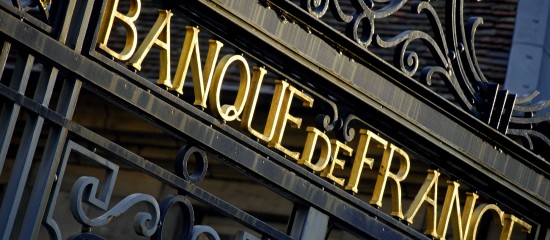
Le taux de l’usure correspond au taux maximum d’intérêt qu’un prêteur ne peut légalement dépasser. Ainsi, le taux effectif global d’un prêt doit obligatoirement être inférieur au taux de l’usure.
| Taux de l’usure (en %) | ||
| Nature | À compter du 1 |
À compter du 1 |
| PRÊTS accordés AUX PERSONNES PHYSIQUES AGISSANT POUR LEURS BESOINS PROFESSIONNELS ET AUX PERSONNES MORALES AYANT UNE ACTIVITÉ INDUSTRIELLE, COMMERCIALE, ARTISANALE, AGRICOLE OU PROFESSIONNELLE NON COMMERCIALE |
||
| Découverts en compte | 19,04 | 19,23 |
| PRÊTS AUX PERSONNES MORALES N’AYANT PAS D’ACTIVITÉ INDUSTRIELLE, COMMERCIALE, ARTISANALE, AGRICOLE OU PROFESSIONNELLE NON COMMERCIALE | ||
| Prêts > 2 ans – taux variable | 7,16 | 6,56 |
| Prêts > 2 ans et < 10 ans - taux fixe | 6,12 | 5,81 |
| Prêts > ou = 10 ans et < 20 ans - taux fixe | 6,20 | 5,88 |
| Prêts > ou = 20 ans – taux fixe | 6,20 | 5,89 |
| Découverts en compte | 19,04 | 19,23 |
| Autres prêts < ou = 2 ans | 7,64 | 7,33 |
| PRÊTS AUX PARTICULIERS | ||
|
|
||
| Prêts à taux fixe | – Prêts < 10 ans : 4,61 |
– Prêts < 10 ans : 4,51 |
| Prêts à taux variable | 5,87 | 5,64 |
| Prêts relais | 6,64 | 6,39 |
|
|
||
| Prêts < ou = 3 000 € | 22,93 | 23,24 |
| Prêts > 3 000 € et < ou = 6 000 € | 15,16 | 15,67 |
| Prêts > 6 000 € | 8,51 | 8,63 |
Article écrit par La Rédaction et publié le 2025-03-28 10:00:00 – © Les Echos Publishing – 2025



